Coyote Brown is a distinctive color that has become a prominent feature in the U.S. military’s camouflage and tactical gear. Its development and implementation reflect the military’s ongoing efforts to adapt to various operational environments and improve the functionality of its equipment. This blog post explores the history, development, and impact of Coyote Brown in the U.S. military, detailing its significance and role in modern military operations.
Origins and Development
The color Coyote Brown was developed in the early 2000s as part of a broader effort to enhance the effectiveness of military uniforms and equipment in diverse environments. The need for a new color arose from the evolving demands of modern warfare, where versatility and adaptability in gear and clothing became increasingly important.
1. Context of Development:
- Operational Environment: By the early 2000s, the U.S. military was engaged in operations in various environments, including deserts, arid regions, and urban areas. The need for a color that could provide effective camouflage in these varied environments became apparent.
- Transition from Previous Colors: Prior to the adoption of Coyote Brown, the U.S. military used colors such as Olive Drab and various shades of brown for camouflage. However, these colors were not always well-suited to the new operational environments, prompting a search for a more effective solution.
2. Color Selection and Testing:
- Development Process: The development of Coyote Brown involved extensive research and testing to ensure that the color would provide effective camouflage in different environments.
The process included evaluating various shades and hues to find one that would blend well with a range of terrains.
- Field Testing: The selected color underwent rigorous field testing to assess its performance in real-world conditions. This testing ensured that Coyote Brown met the necessary standards for camouflage and operational effectiveness.
Implementation in Military Uniforms and Gear
Coyote Brown was officially introduced into the U.S. military’s inventory in the mid-2000s. Its implementation was part of a larger effort to modernize military uniforms and equipment, enhancing their functionality and adaptability.
1. Uniforms:
- Army Combat Uniform (ACU): Coyote Brown was incorporated into the Army Combat Uniform (ACU) as part of the Enhanced Combat Uniform (ECU) and later versions of the ACU. The color was used for various elements of the uniform, including boots, belts, and pouches.
- Marines and Air Force: The U.S. Marine Corps and U.S. Air Force also adopted Coyote Brown in their respective uniforms and gear. The color became a standard feature in various items, including tactical vests and backpacks.
2. Tactical Gear:
- Equipment and Accessories: Coyote Brown was used in a wide range of tactical gear and accessories, including webbing, pouches, and bags. The color’s versatility and effectiveness in blending with different environments made it a suitable choice for these applications.
- Camouflage Patterns: The color was integrated into various camouflage patterns used by the U.S. military, including the MultiCam and Operational Camouflage Pattern (OCP). Its use in these patterns enhanced the overall effectiveness of the camouflage.
Impact and Significance
The adoption of Coyote Brown has had several important impacts on military operations and equipment:
1. Enhanced Camouflage:
- Versatility: Coyote Brown’s color is designed to blend effectively with a range of terrains, including desert and arid environments. Its versatility provides soldiers with improved camouflage and concealment in diverse operational settings.
- Operational Effectiveness: The color’s performance in real-world conditions has contributed to its success as a camouflage solution. Soldiers have reported positive results in terms of blending with their surroundings and reducing visibility.
2. Uniform and Equipment Modernization:
- Aesthetic and Functional Benefits: The adoption of Coyote Brown reflects a broader trend of modernizing military uniforms and equipment. The color’s practical benefits, combined with its aesthetic appeal, have contributed to the overall effectiveness and professionalism of military gear.
- Standardization: The use of Coyote Brown has helped standardize military uniforms and gear across different branches of the U.S. military. This standardization simplifies logistics and ensures consistency in appearance and functionality.
3. Cultural and Operational Impact:
- Global Operations: The color’s adaptability has made it suitable for various global operations, enhancing the U.S. military’s ability to operate effectively in different environments. The adoption of Coyote Brown reflects the military’s commitment to improving its operational capabilities and addressing the challenges of modern warfare.
- Recognition and Identity: Coyote Brown has become an integral part of the military’s identity, symbolizing the ongoing efforts to enhance functionality and effectiveness in the field.
The color’s association with modern military gear and uniforms underscores the importance of innovation in meeting operational demands.
In Short
The development and implementation of Coyote Brown represent a significant advancement in military uniform and equipment design. By providing effective camouflage and adapting to diverse environments, Coyote Brown has become a key component of the U.S. military’s efforts to enhance operational effectiveness and improve the functionality of its gear. The color’s success highlights the importance of innovation and adaptability in modern military operations,
ensuring that soldiers are equipped to meet the challenges of today’s complex and dynamic combat environments.


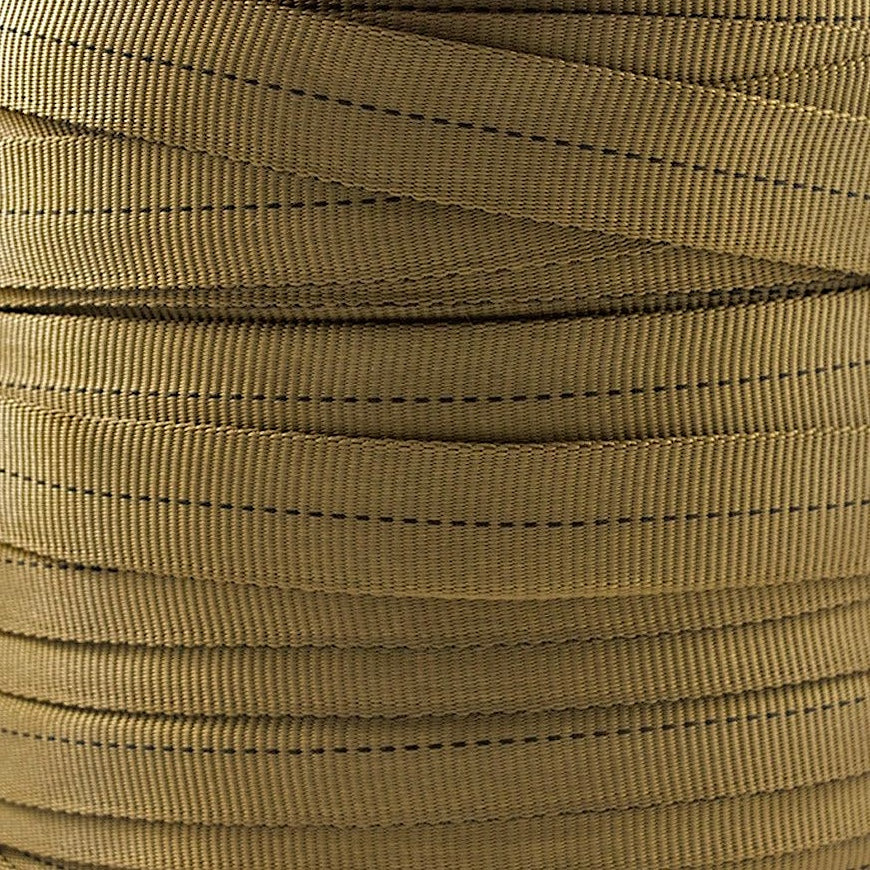
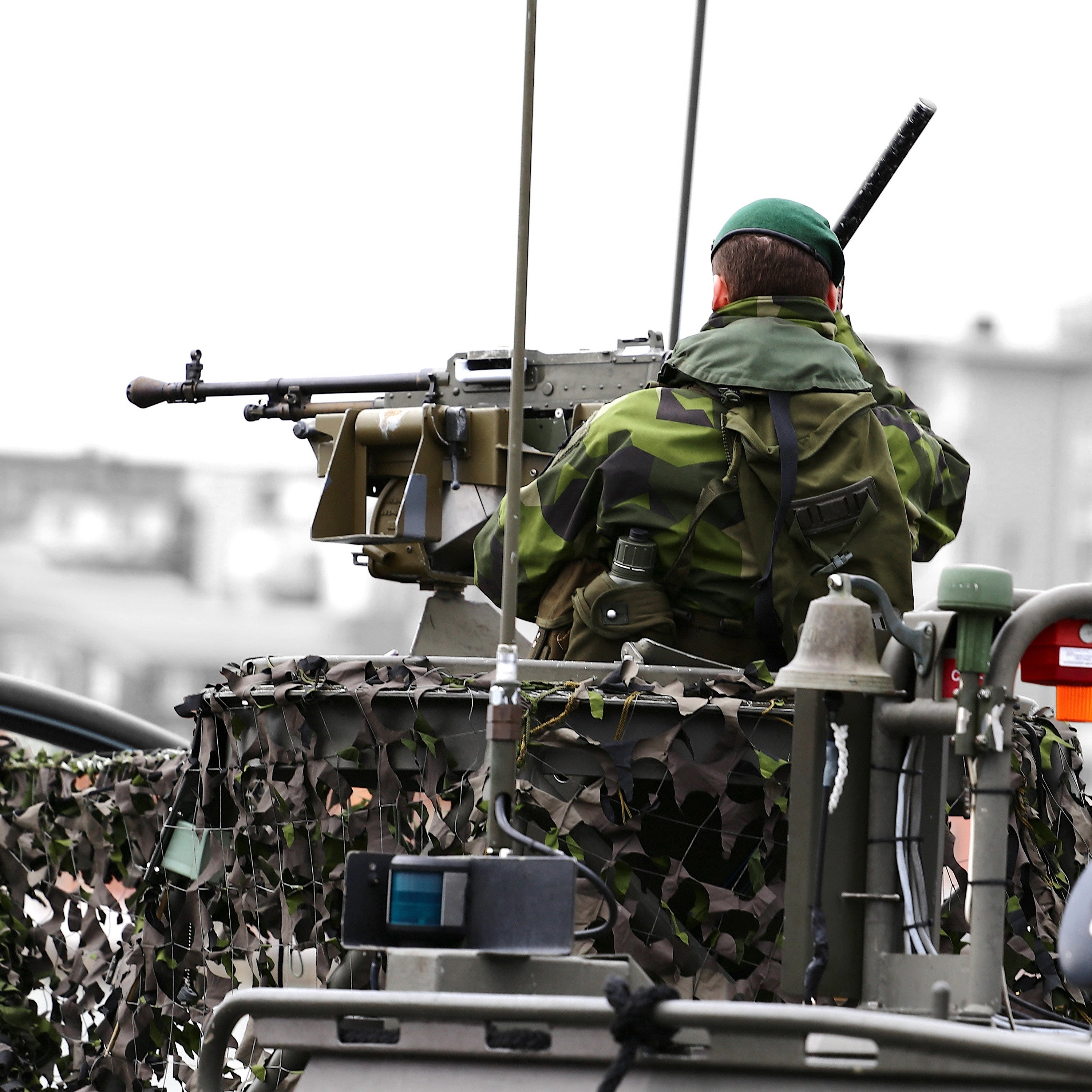
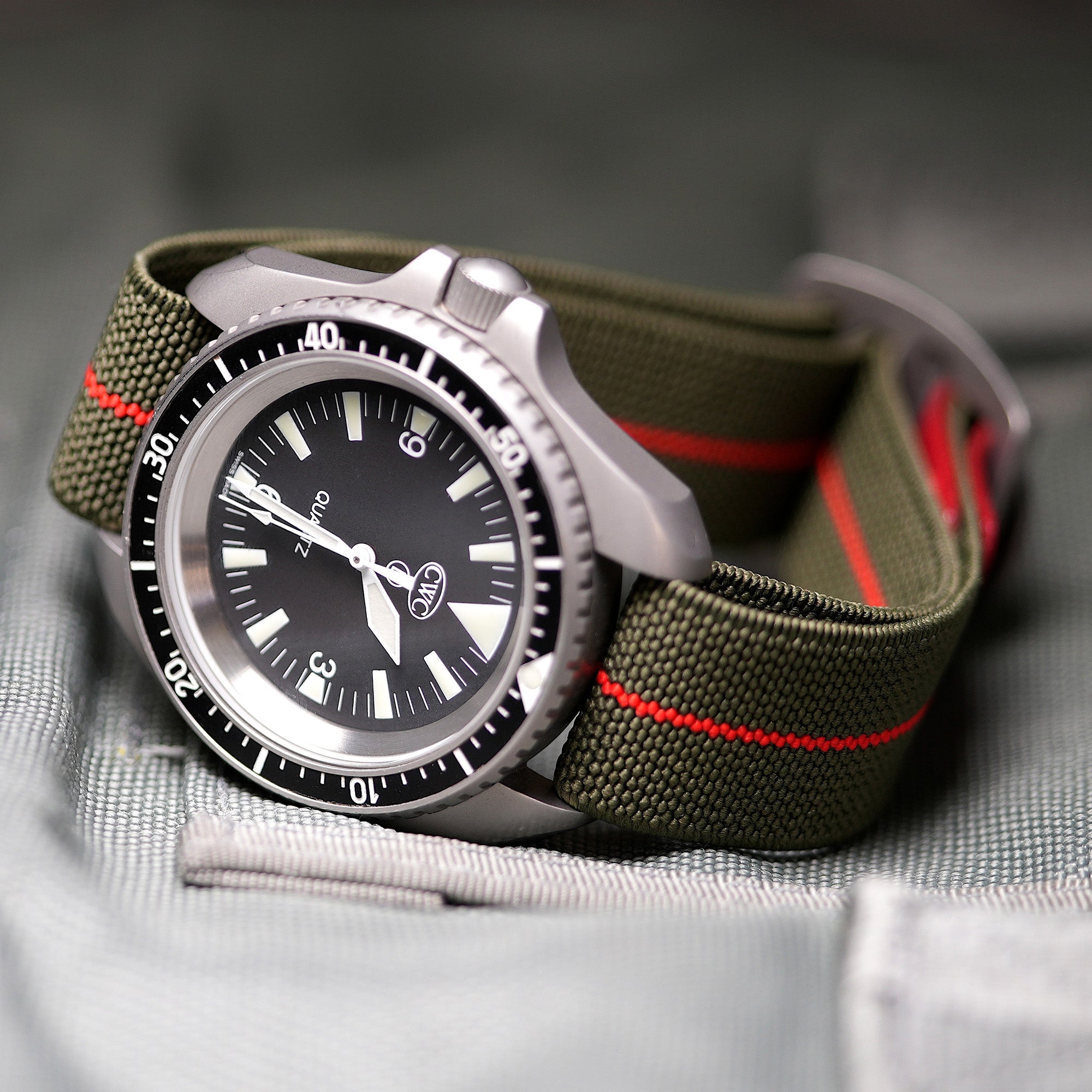
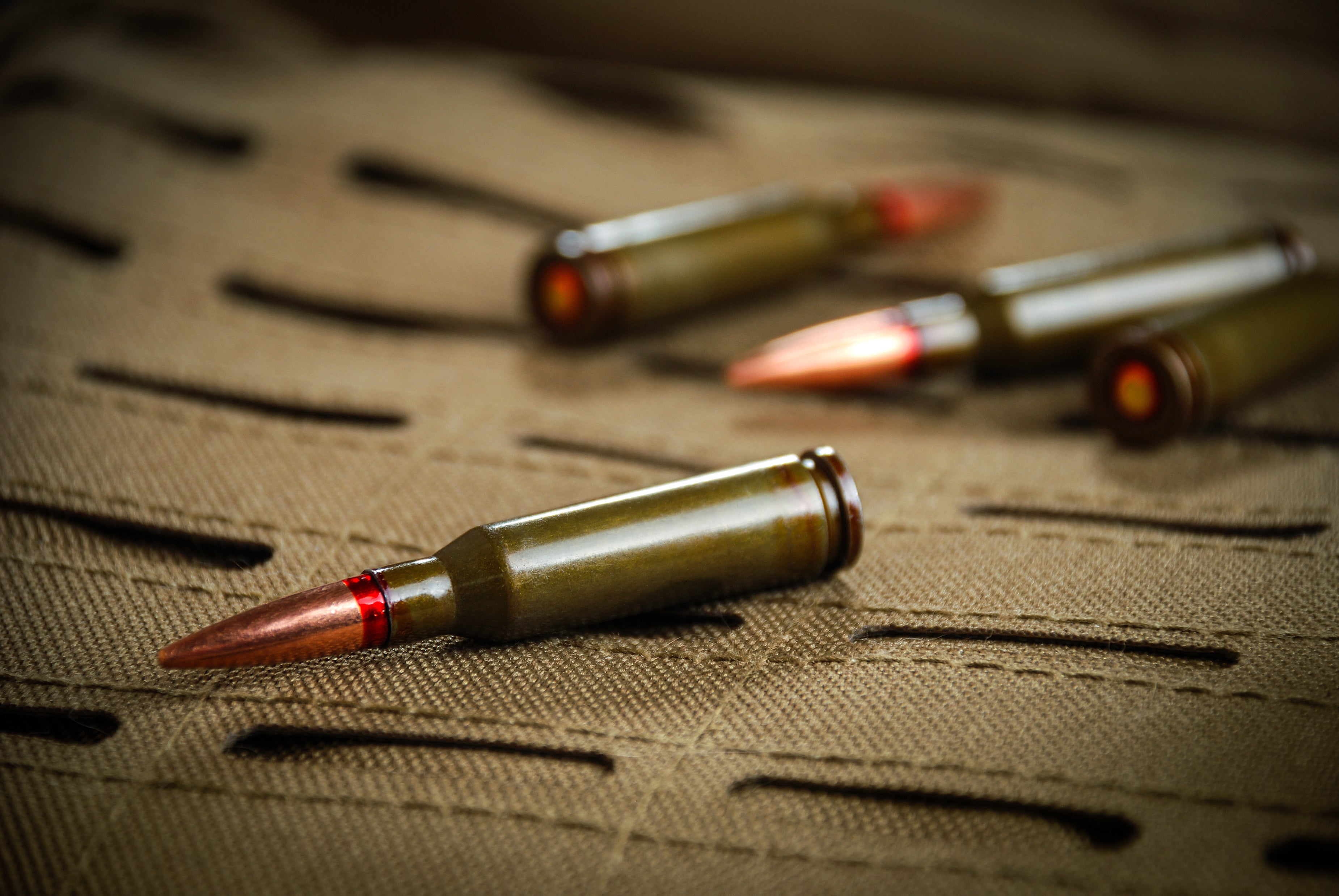
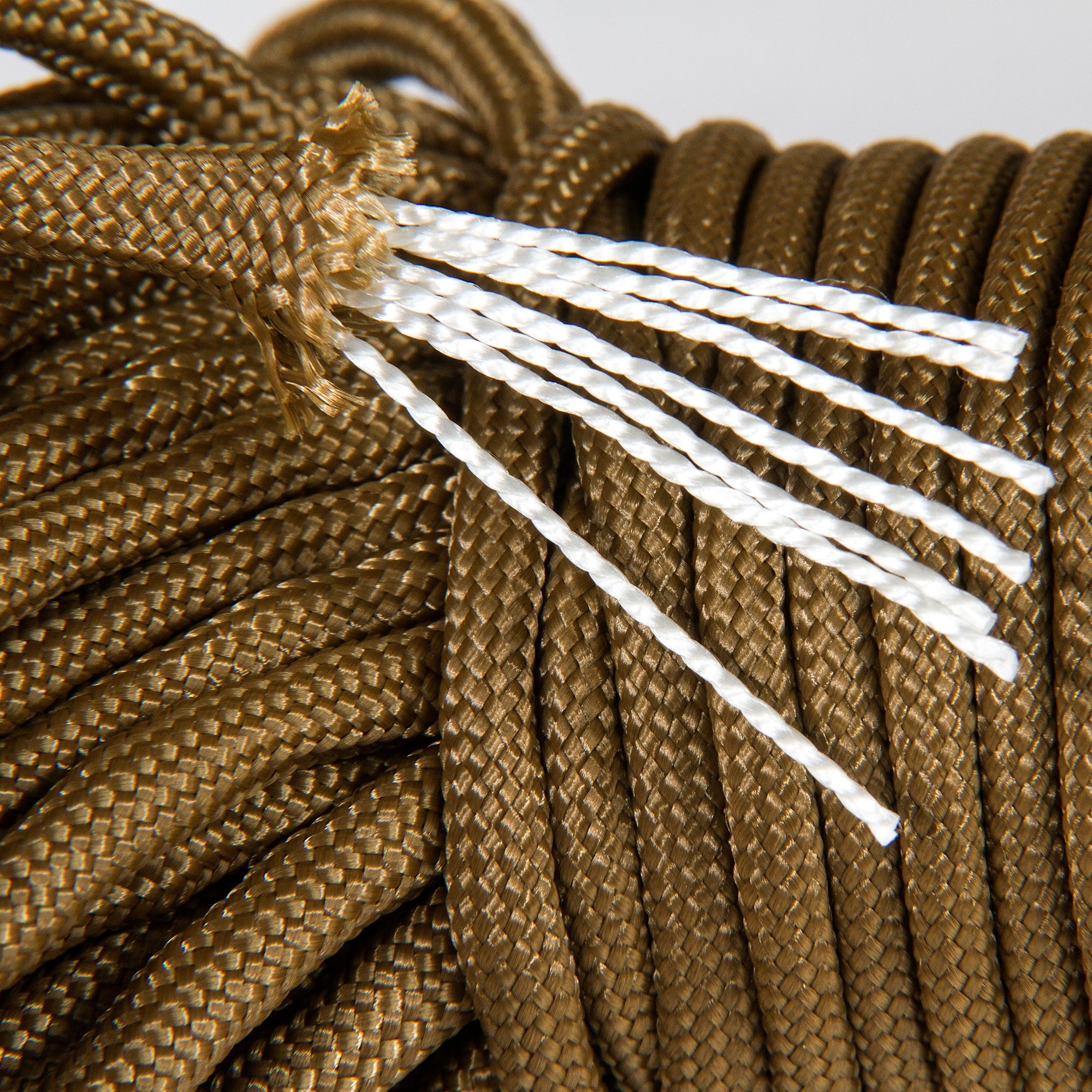
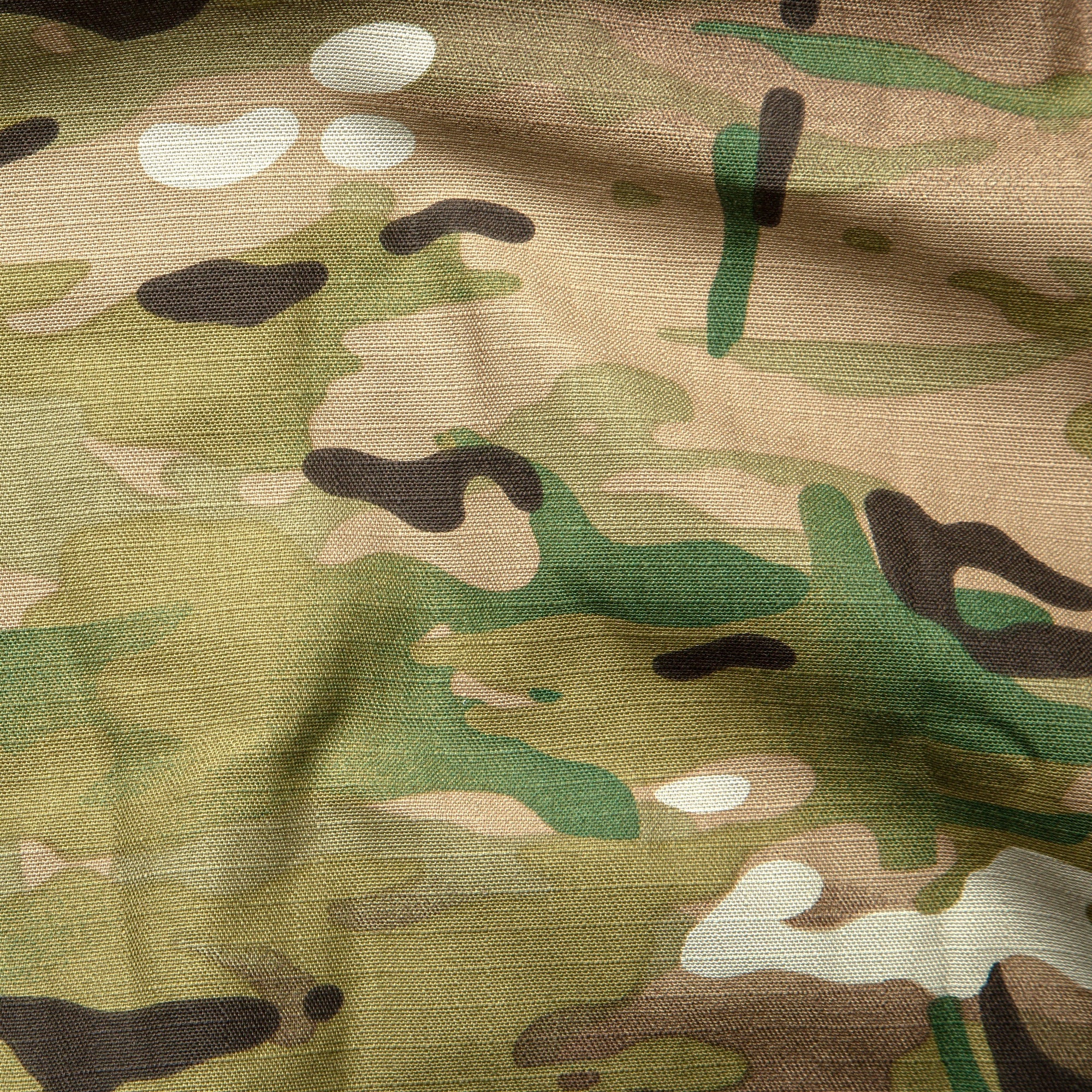
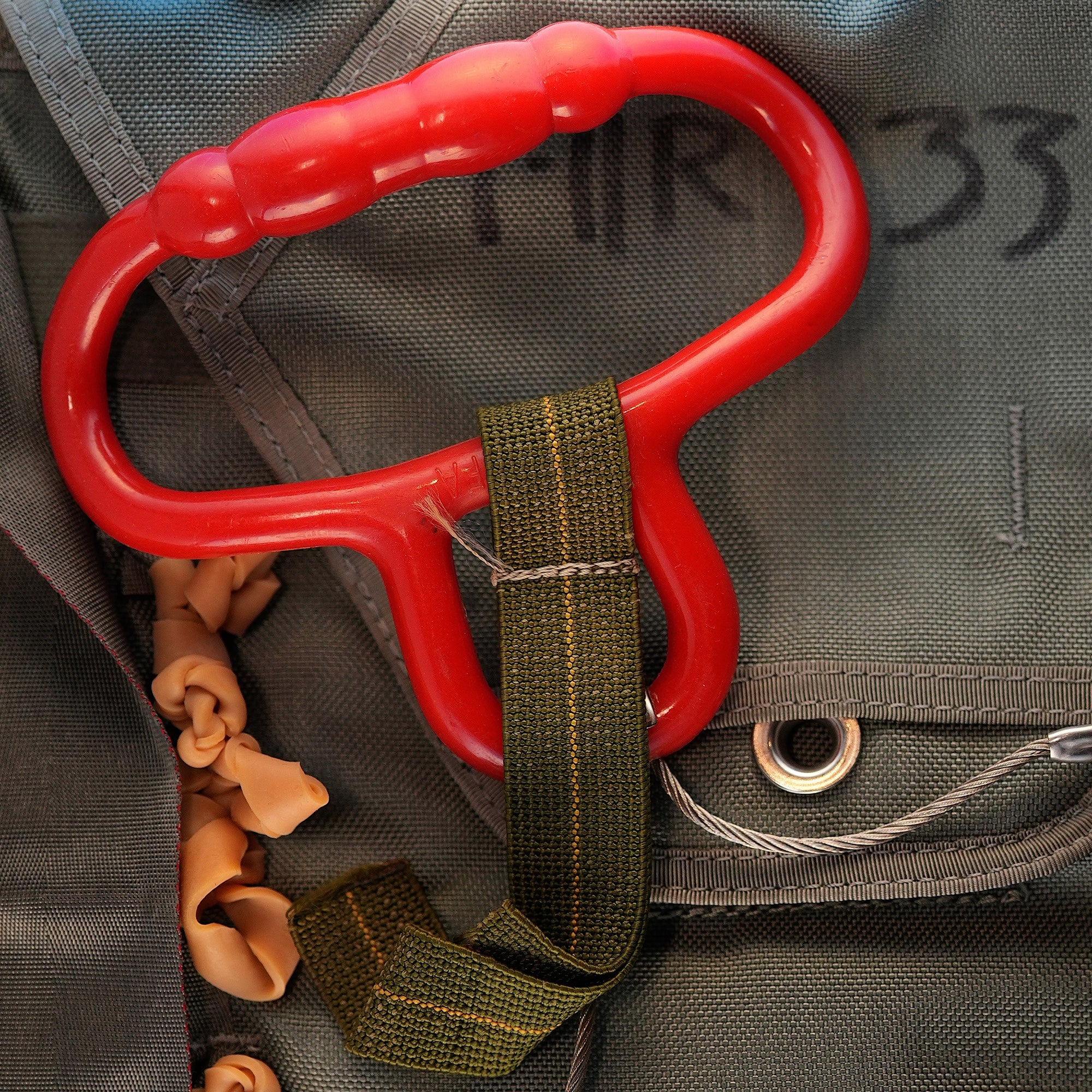
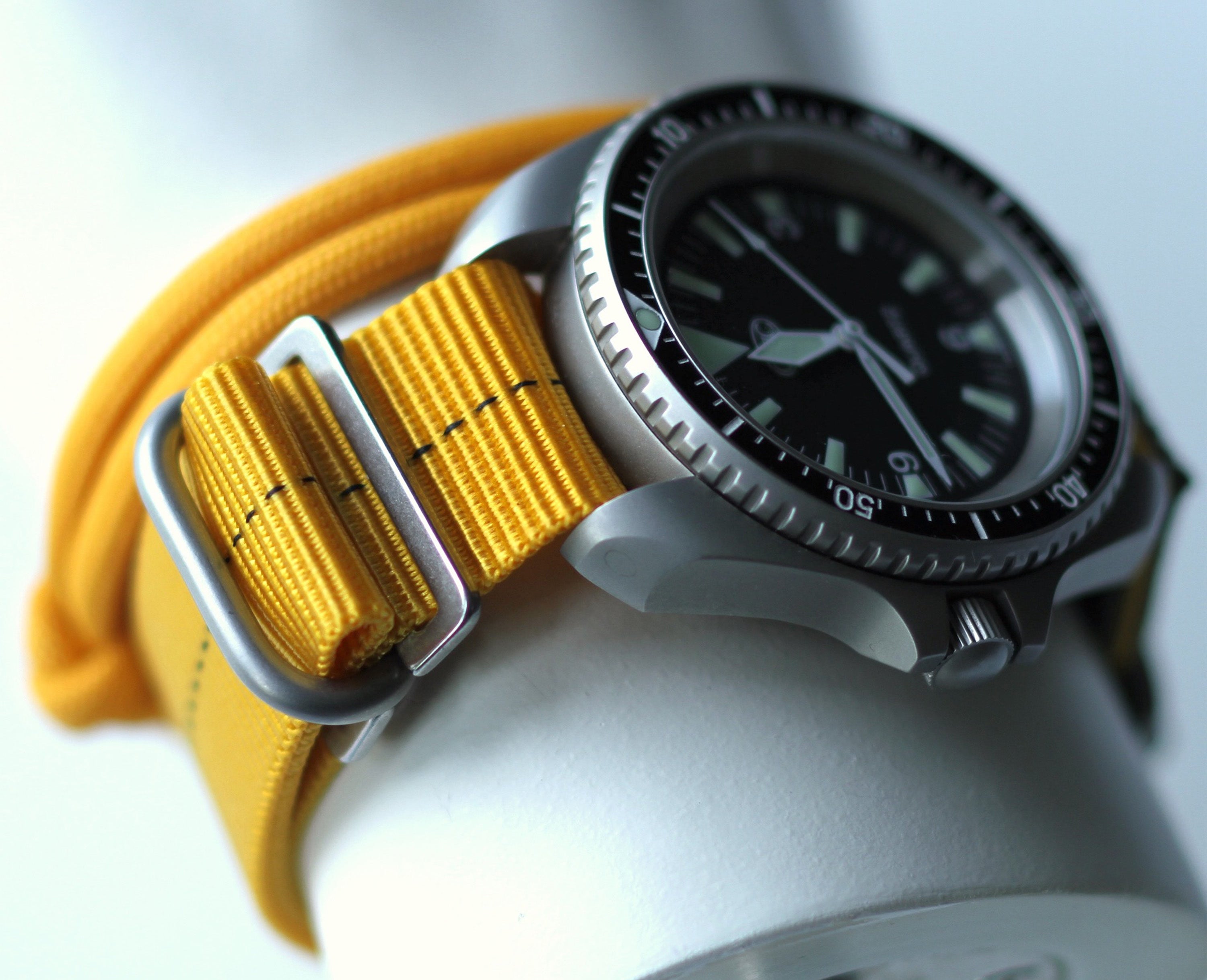
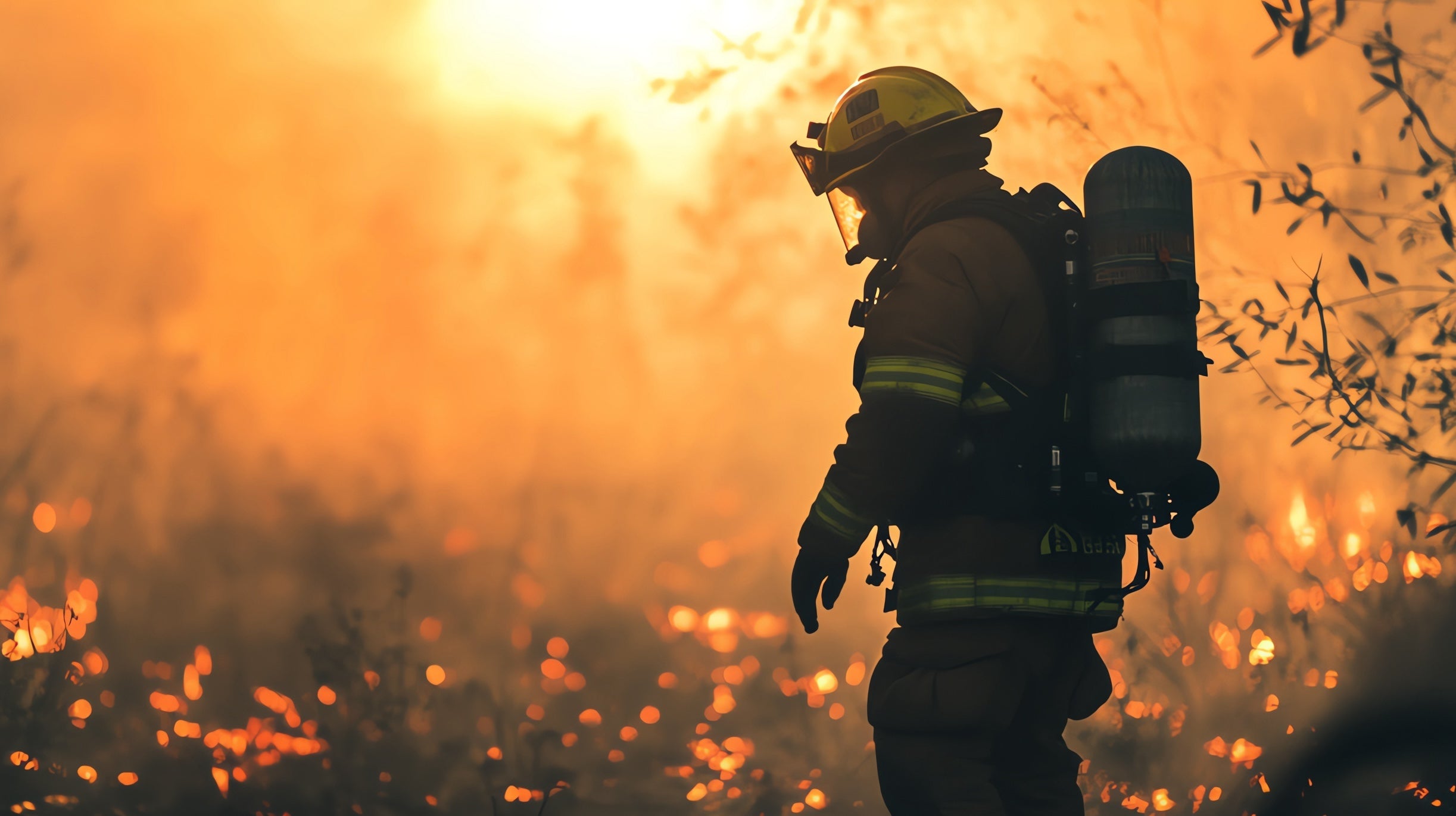
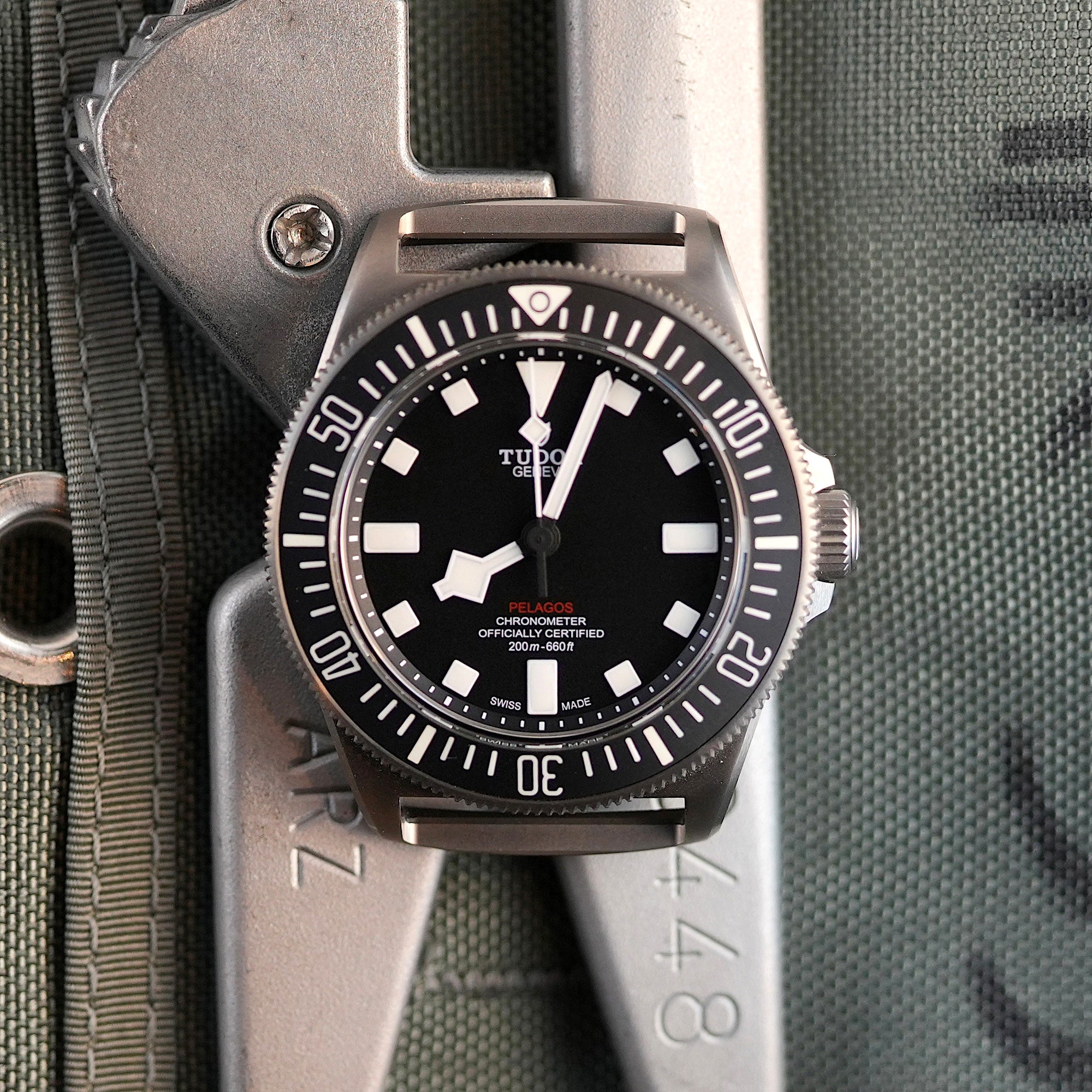
Share:
The Fixed Bar CWC RN Diver Watch: A Historical Overview
How Marine Nationale Divers Upcycled Parachute Elastic to Make Watch Straps